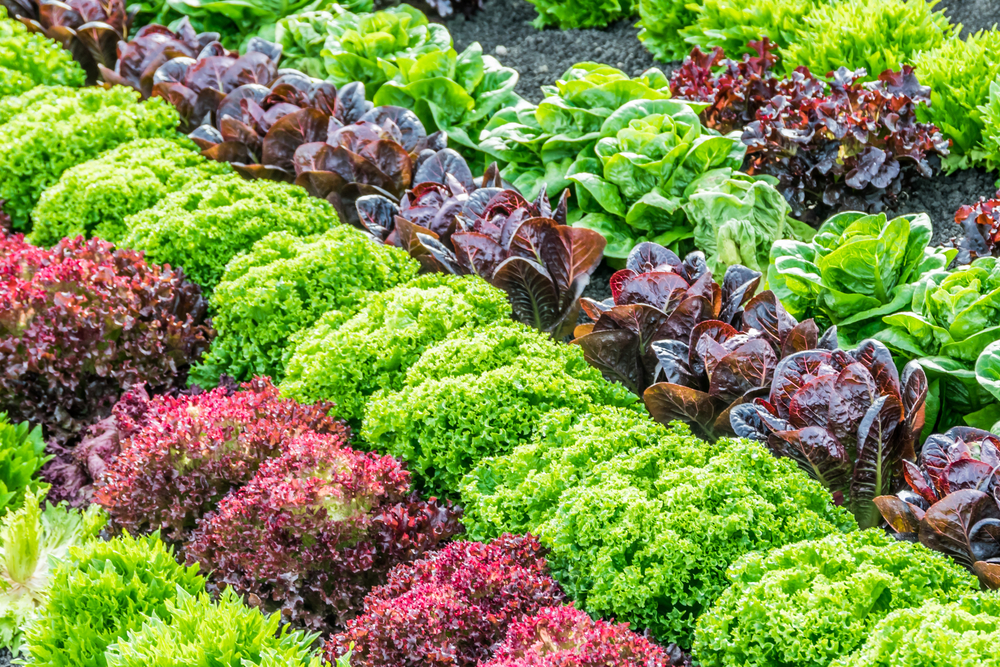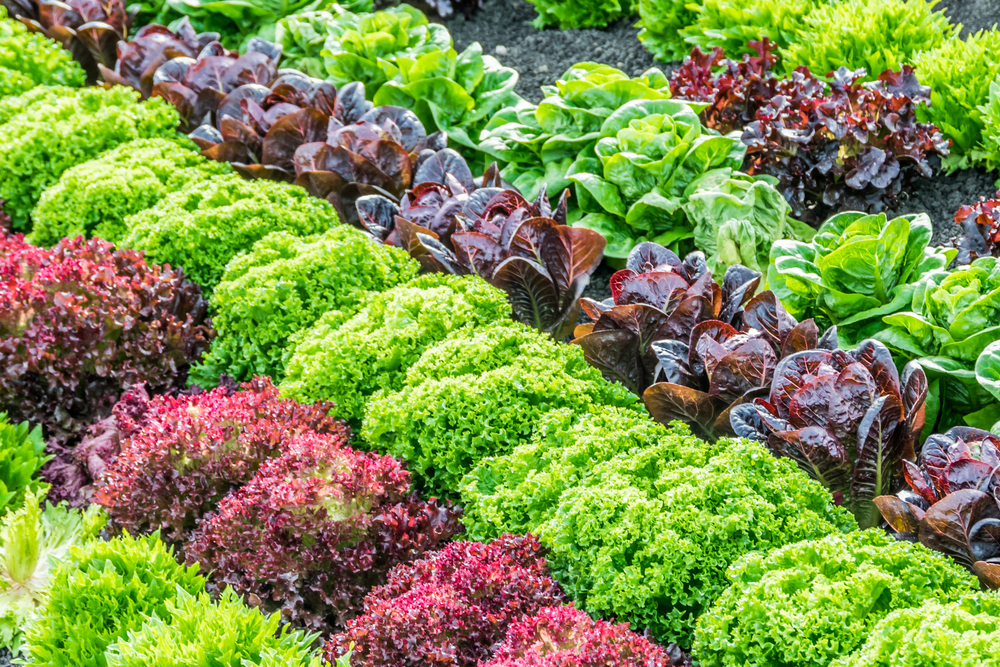By Clint Thompson
Fusarium wilt in lettuce is not yet a widespread problem for Florida producers. German Sandoya wants to keep it that way.

Sandoya, assistant professor in the University of Florida Institute of Food and Agricultural Sciences, provides management options for growers to help keep the disease out of their fields.
“We’ve only seen it in field plots, so we keep monitoring and trying to do some work in the breeding program in case it becomes an issue so we’re ready. It’s not an issue in Florida, but in California and Arizona, it definitely is a huge issue,” Sandoya said. “It’s a very complicated disease. Once it’s in the soil, it’s a big issue. Prevention is key to prevent a disease like this. But you never know, if it ever gets to that point where it becomes a bigger outbreak, we need to be prepared.
“What growers can do, for example, is equipment sanitation and try to rotate crops if they see the issue. Sanitation is key. Use resistance cultivars to keep the fungus from reproducing. Those are the main things they can do at the moment. In the past it was chemicals like methyl bromide, but that has been phased out.”
Disease Symptoms
The fungus can infect the plant independent of root damage and enters secondary roots before moving into the vascular tissue of the taproot. It causes internal discoloration. The infection of the root system will impede water and nutrient movement to the vegetative part of the plant. This can lead to stunting, chlorosis and wilting. Plant death can result in severe infections.
Breeding will be an integral part of the management process, making lettuce resistant to the disease.
“There are some diseases you don’t have chemicals for, for example this one. Breeding is the best solution for that type of issue. We’re trying to improve our lettuce in a way that will be resistant to this fungus,” said Sandoya, who quantified the impact that fusarium wilt would have on Florida’s lettuce crop.
“It would be very devastating because once it’s in the soil, it can take the whole crop. That’s what’s happened in production systems in California and Arizona where they had the issue.”
Sandoya estimates about 10,000 acres of lettuce production in Florida, mostly concentrated in the Everglades Agricultural Area.










